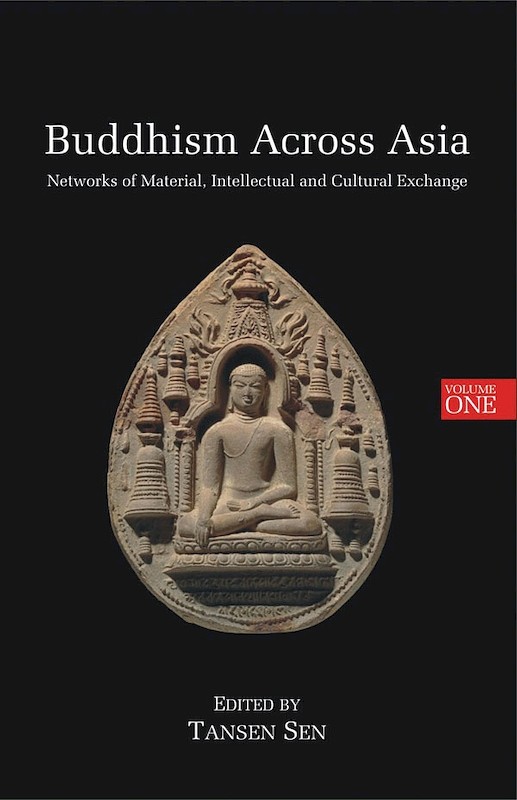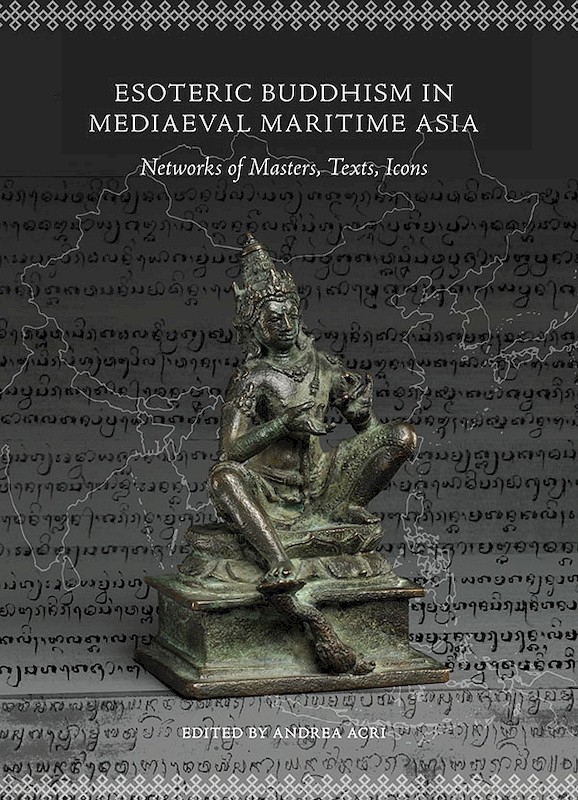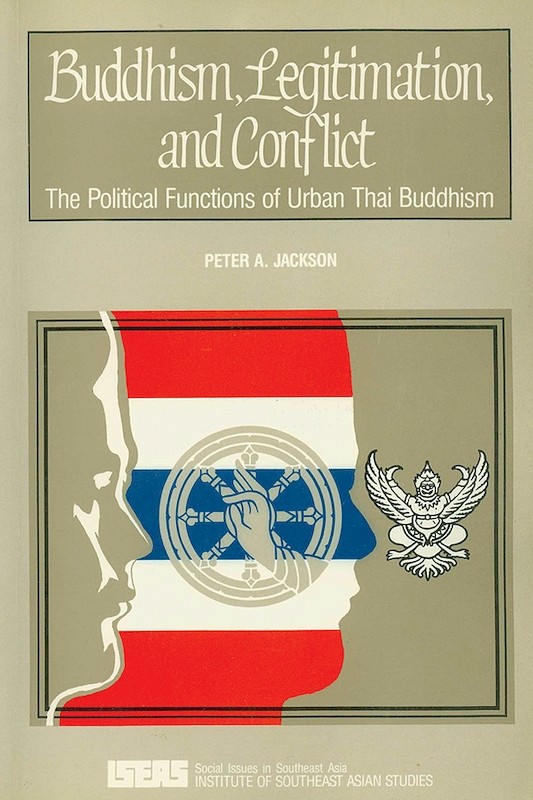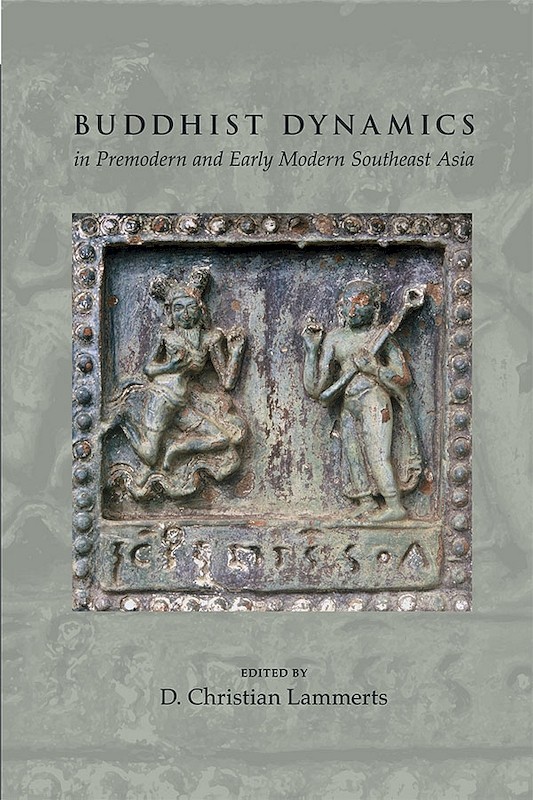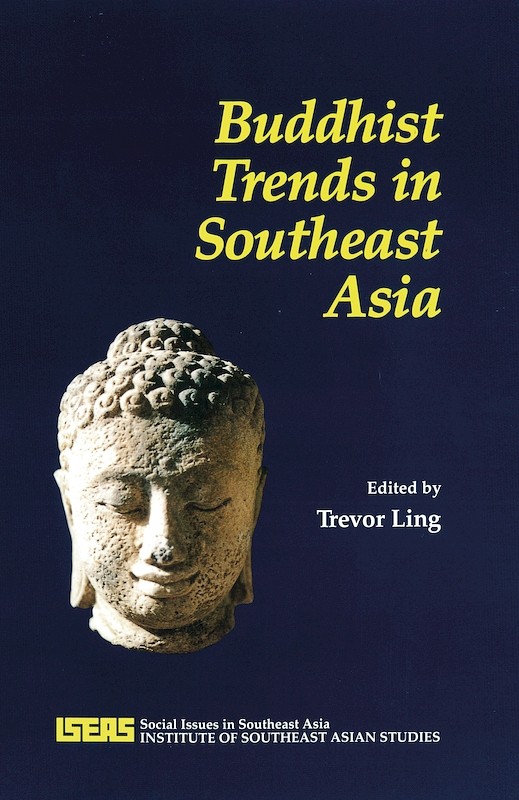Hardships and Downfall of Buddhism in India
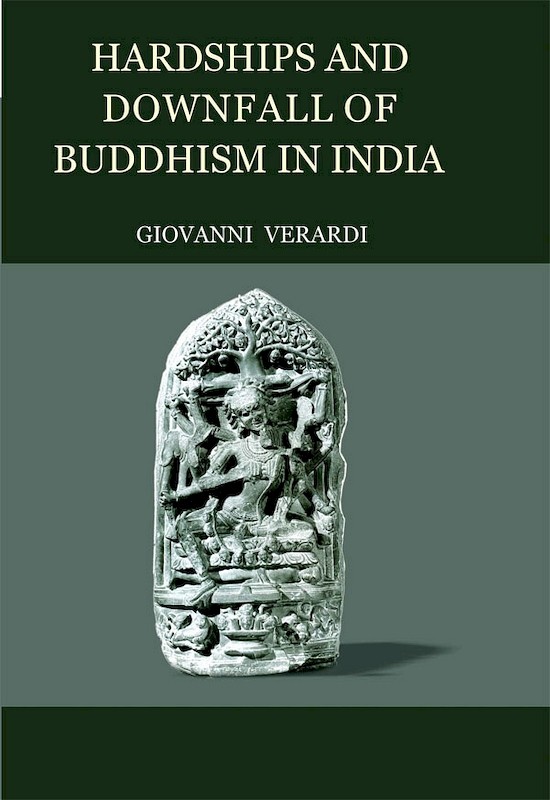
Giovanni Verardi, author
Date of publication:
2011
Publisher:
Manohar Publishers & Distributors
Number of pages:
524
Code:
NSC2
Hard Cover
ISBN: 9788173049286
About the publication
Buddhism originated as an antinomial system, facing the opposition of both vaidika and theistic Brahmans, who socially identified themselves with the agrarian world. The two models of society generated in early historical India never merged, and Buddhism was gradually and often violently reduced to impotence. It was Gupta rule that first checkmated the antinomial model of the Buddhists. Whereas in the open society traders, landowners and tribals coexisted, from Gupta times onwards pressure on kings and direct Brahmanical rule led to the requisition of land and the imposition of a varna state society. Doctrinal debates, which soon turned into ordeals, were instrumental in the suppression of the Buddhist elite, mainly formed by intellectuals of Brahmanical descent, this being proof of a dramatic rift in the brahmanavarna. The Vajrayana, which was the Buddhist response to this state of affairs, originated and grew under Pala rule and expansionism, and was characterized by a decisive opening towards the outcast and the theorization of violence. This set off a conflict whose scope and significance are still poorly understood. It was eventually the compromise between the orthodox powers and the Muslims that caused the final downfall of Buddhism. The former were obliged to transfer political power to the latter but had a free hand in social repression. The book draws mainly on Brahmanical sources, both literary and iconographic, which are abundant and insufficiently exploited, as well as on archaelogical evidence, hardly ever resorted to.
Co-publication: Manohar Publishers & Distributors
Manohar Publishers & Distributors

